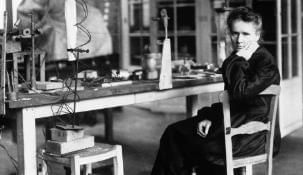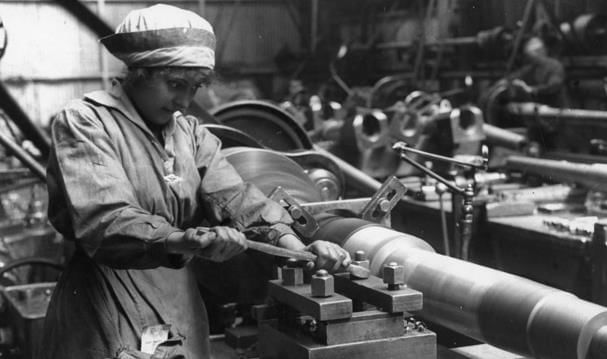What did women do on the front line in World War One? | History for Year 6 PDF Download
| Table of contents |

|
| What were conditions like for women? |

|
| Why did the Women’s Army Auxiliary Corps start? |

|
| Heroic women |

|
| Medicine and first aid |

|
| How did life change for women? |

|
What were conditions like for women?
Women were barred from fighting as soldiers in World War One but contributed significantly on the front lines in other roles. Traveling to war zones was perilous, with women facing dangers from enemy attacks. They served as mechanics, cooks, or doctors, enduring long work hours and sleeping on uncomfortable camp beds, rising early for duty. Many women, experiencing life away from Britain for the first time, demonstrated remarkable courage in these challenging conditions.
Why did the Women’s Army Auxiliary Corps start?
By 1917, the British Army faced a shortage of male soldiers. Recognizing that men were performing non-combat roles on the front lines, the War Office decided women could fill these positions. Volunteers joined the Women’s Army Auxiliary Corps (WAAC), later renamed Queen Mary’s Army Auxiliary Corps. They wore green or khaki uniforms, including a small cap, jacket, and skirt, and maintained fitness through daily exercise, including Morris dancing and hockey.
Heroic women
Some women gained recognition for their extraordinary contributions. Flora Sandes, part of the St John Ambulance service, became the only British woman to officially serve as a soldier in World War One, joining the Serbian army and rising to the rank of Sergeant Major. Gabrielle Petit, a Belgian, became one of the first female spies, gathering intelligence on German forces for the British Secret Service. Other women earned heroic status through their medical work, providing critical care under challenging conditions.

Medicine and first aid
Before the war, there were only about 200 female doctors in Britain. The shortage of trained medical personnel during World War One opened opportunities for women to take on vital roles. As Voluntary Aid Detachment (VAD) nurses, they worked in France at rest stations, where soldiers recovered briefly, and in convalescent homes, where they helped soldiers regain their health as fully as possible.
How did life change for women?
Initially, some women viewed the front lines as an adventure, but they soon faced the grim reality of war, which was far more challenging and somber than romanticized stories. Women acquired new skills, taking on roles like doctors and mechanics that were previously unimaginable for them. Like their counterparts at home, these women experienced a taste of independence during the war and were reluctant to relinquish it afterward.

|
3 videos|69 docs
|
FAQs on What did women do on the front line in World War One? - History for Year 6
| 1. What were the main roles of women in World War One? |  |
| 2. What was the purpose of the Women’s Army Auxiliary Corps (WAAC)? |  |
| 3. How did the war impact women's rights and social conditions? |  |
| 4. What contributions did women make in medicine and first aid during the war? |  |
| 5. What were some examples of heroic actions taken by women during World War One? |  |














